Tag: VILI

Emergency Department Crowding Impact on Lung Protective Ventilation
Obtaining definitive control of the airway, when indicated, is the responsibility of the emergency medicine physician. Traditionally patients were managed on the ventilator with lung volumes of 10 – 15 ml/kg. However,... read more
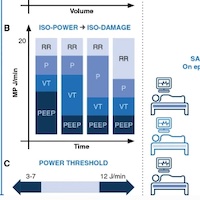
Mechanical Power: Meaning, Uses and Limitations
Ventilator-induced lung injury (VILI) carries significant attributable mortality in acute respiratory distress syndrome (ARDS). Even though all the ventilatory variables contribute to VILI, current guidelines focus almost... read more
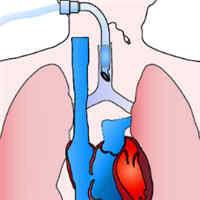
Lung and Diaphragm Protective Ventilation Guided by the Esophageal Pressure
Lung protective ventilatory strategies aim to limit tidal volume, driving pressure and plateau pressure to minimize lung stress and strain and consequently reduce the morbidity and mortality risks associated with mechanical... read more

Protective Ventilation
As ventilator induced lung injury (VILI) importantly impacts outcome of mechanically ventilated patients, even in those without lung injury, it follows that those caring for the critically ill should apply protective ventilatory... read more
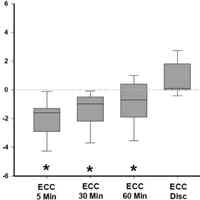
External Chest-wall Compression in Prolonged COVID-19 ARDS with Low-compliance
SARS-CoV-2 can lead to severe respiratory failure (C-ARDS) with some clinical and radiological characteristics that match the presentation of acute respiratory distress syndrome (ARDS). The management of mechanical ventilation... read more
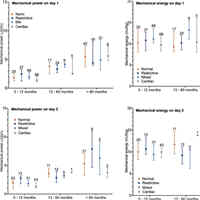
Energy Transmission in Mechanically Ventilated Children
Mechanical energy (ME) better related to underlying lung pathology and patient outcome than MP. The delivery of generated energy to the lung was not dependent on endotracheal tube diameter (ETT) size during PC ventilation.... read more
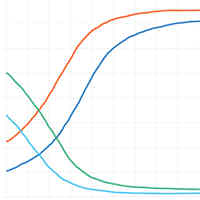
The Effect of Lowering Tidal Volume on Mortality
The use of low tidal volume (4-8 ml/kg of predicted body weight) has been considered the default way to ventilate patients with acute respiratory distress syndrome (ARDS) to minimize ventilator-induced lung injury (VILI).... read more

COVID-19 and VILI: Mechanical Power Measurement
The COVID-19 pandemic has increased the need for a bedside tool for lung mechanics assessment and ventilator-induced lung injury (VILI) monitoring. Mechanical power is a unifying concept including all the components which... read more

Prevention and Treatment of ALI with Time-controlled Adaptive Ventilation
Neither the current lung protect and rest nor open lung approach (OLA) ventilation strategies have been effective at reducing VILI and ARDS-related mortality below that in the ARMA study. For a protective ventilation strategy... read more
Which Component of Mechanical Power is Most Important in Causing VILI?
Repeated applications of tidal energy inflict lung damage (VILI) when stress and strain exceed the limits of tissue tolerance. Inflation work and energy are the products of pressure and volume, which are loosely associated... read more
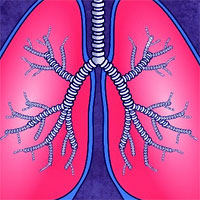
Fifty Years of Research in ARDS
Mechanical ventilation (MV) is critical in the management of many patients with acute respiratory distress syndrome (ARDS). However, MV can also cause ventilator-induced lung injury (VILI). The selection of an appropriate... read more

The Future of Mechanical Ventilation
The adverse effects of mechanical ventilation in acute respiratory distress syndrome (ARDS) arise from two main causes: unphysiological increases of transpulmonary pressure and unphysiological increases/decreases of pleural... read more




